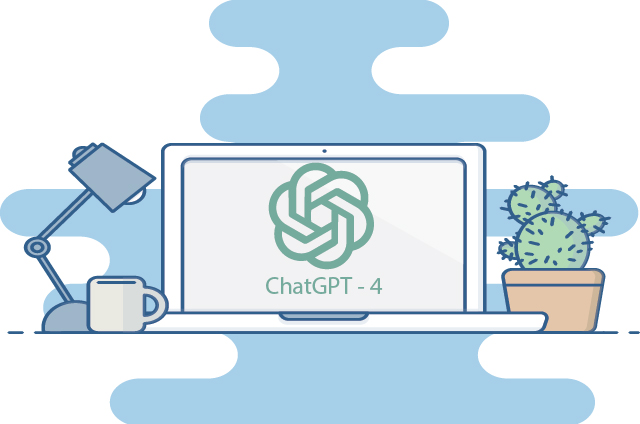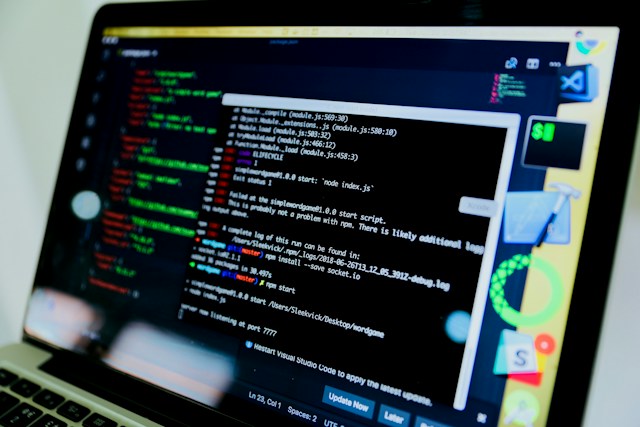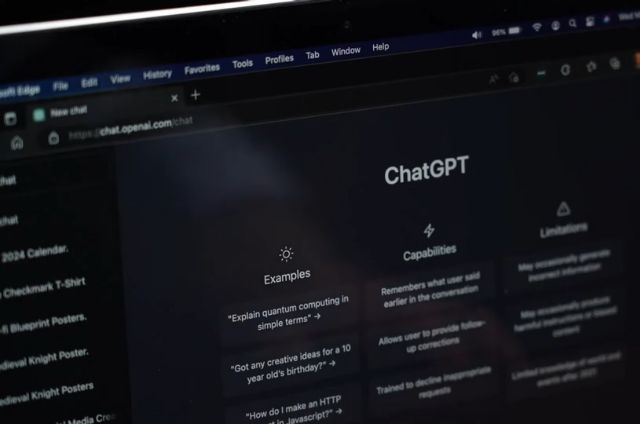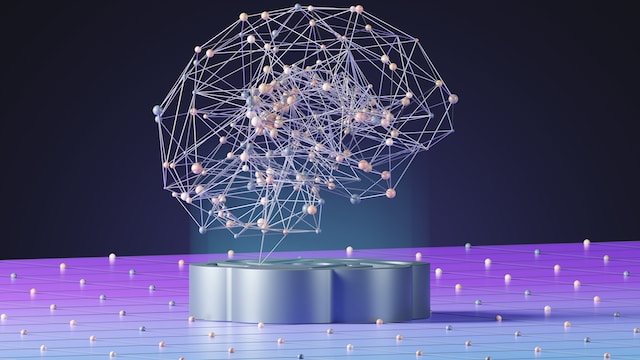ChatGPT 3.5 and ChatGPT 4 are two revolutionary natural language models developed by OpenAI that have shown impressive capabilities in understanding and generating human-like text. Both models have shown noticeable advances in artificial intelligence, but ChatGPT 4 has considerably more advanced capabilities than chatGPT 3.5, with updates across several key areas.
In this article, we’ll examine the pros and cons of ChatGPT 3.5 vs ChatGPT 4.
Let’s dive in and start with the basics.
Key Specs and Parameters

One of the most notable differences between the two models lies in their basic scale and parameters:
- ChatGPT 3.5 has 175 billion parameters
- ChatGPT 4 has over 1 trillion parameters, representing nearly a 1,000x increase.
These parameters act as the building blocks for the models, allowing them to take data from their training and process it to handle complex tasks.
More parameters in ChatGPT 4 mean retaining significantly more information, greater understanding of context, and improved reasoning and problem-solving abilities.
In our article discussing the workings of the latest ChatGPT Zero models, you can explore details about a cutting-edge iteration beyond ChatGPT-3. For the most recent updates, refer to OpenAI’s official website.
Language Understanding Capabilities

ChatGPT 4 has improved language understanding due to more parameters and an upgraded architecture compared to its predecessor, ChatGPT 3.5:
- It understands complex instructions with better context.
- It Maintains conversational context for sensible and relevant responses.
- It accurately processes implied meanings.
In language processing benchmark tests, ChatGPT 4 reached 85% accuracy in English language understanding, which is better than ChatGPT 3.5.
It’s also good at understanding and communicating in over 25 languages, such as Mandarin, Arabic, Spanish, Hindi, German etc.
Multimodal Abilities

A major area where ChatGPT 4 differentiates itself is its multimodality.
- ChatGPT 3.5 is limited to text-based inputs and outputs only (unimodal)
- ChatGPT 4 can process and connect text, images, and potentially other multimedia.
This allows ChatGPT 4 to intake images with text prompts and generate responses based on the combined input.
Some possible uses of multimodality include:
- Generating captions or descriptions based on image contents
- Answering questions by extracting information from an image
- Summarizing research papers with both images and text
- Analyzing flowcharts, infographics, memes, and other visual content
Basically, multimodality dramatically expands the use cases of ChatGPT 4 – while ChatGPT 3.5 remains limited to just texts.
Accuracy and Factual Correctness

ChatGPT 4, with a broader knowledge base and improved reasoning, achieves much higher accuracy and factual correctness.
A few improvements highlighted by OpenAI:
- Over 85% reduction in incorrect or illogical responses
- 57% lower risk of responses containing false information
- Actively mitigates generating harmful instruction or biased content
- Cites reputable sources and provides disclaimers automatically
These results show that ChatGPT 4’s better comprehension abilities and more accurate factual knowledge provide key advantages for reliable performance over ChatGPT 3.5.
At the same time, OpenAI acknowledges the model is not foolproof, and users should remain alert against potential inaccuracies.
Discover seven top-notch alternatives to Perplexity AI worth exploring in 2024.
Areas of Strength and Real-World Applications
Given their specific capabilities, each model is better suited for certain applications:
ChatGPT 3.5’s Key Strengths:
- More rapid conversational ability
- Quick fire question answering
- Broad content generation
Ideal Applications:
- Customer service chatbots
- Interactive virtual assistants
- Automated marketing content creation
ChatGPT 4’s Key Strengths:
- Analysis and reasoning of complex concepts
- Identifying factual inconsistencies
- Mathematical/logical problem solving
- Creative fiction writing
Ideal Applications:
- Academic research assistance
- Computer code generation
- Legal/financial document review
- Writing aids and ideas for authors
Their unique profiles make both models valuable for businesses and individuals. However, ChatGPT 4 offers more advanced functionality in analytical domains.
Availability and Pricing
Lastly, important factors that differentiate them are current availability and cost:
- ChatGPT 3.5 offers some free access to try basic features
- ChatGPT 4 is presently accessible only via paid plans
In terms of pricing:
- ChatGPT 3.5 starts from $0.002 per 1,000 tokens
- ChatGPT 4 starts from $0.06 per 1,000 prompt tokens – over 20x higher
ChatGPT 4 offers improved performance, but its higher enterprise-level pricing may make ChatGPT 3.5 a more cost-effective choice, especially for startups and smaller organizations.
As usage increases, ongoing development may make ChatGPT 4 more accessible in the future.
The Future of OpenAI Language Models

Both ChatGPT models mark the beginning of an evolving field, and the quick progress may mean that even more powerful AI systems are on the way.
We can expect OpenAI itself to iterate quickly, using insights and improvements from these initial breakthrough models to create technology with much more near-human language and faster awareness.
As this evolution progresses, integrations with everything from virtual assistants to personalized tutors could transform industries such as:
- Customer service
- Marketing and content creation
- Education and training
- Academic research
- Medicine, law, and governance
In the years ahead, AI promises to reshape nearly every profession involving information – making us more productive, creative, and intellectually empowered.
Delve into a carefully curated compilation of 100 valuable prompts for Chat GPT, crafted to elevate the quality of academic writing.
FAQ
What is the difference in pricing between ChatGPT 3.5 and ChatGPT 4?
ChatGPT 3.5 pricing starts from $0.002 per 1000 tokens, whereas ChatGPT 4 is significantly more expensive, with pricing from $0.06 per 1000 prompt tokens – over 20 times higher.
Can ChatGPT 4 understand images and videos?
Yes, one of the major advantages of ChatGPT 4 over version 3.5 is its ability to process image inputs alongside text prompts. This allows it to analyze the contents of images and videos to some extent. Video inputs are not yet supported, however.
Is ChatGPT 4 more creative than ChatGPT 3.5?
Yes, creativity is one of the key areas where ChatGPT 4 demonstrates substantial improvements, with a greater ability to generate logical, coherent, original poetry, stories, songs, and more based on unique prompts and constrained parameters.
What languages can ChatGPT 4 understand?
ChatGPT 4 displays proficiency in over 25 languages, including Spanish, French, German, Chinese, Hindi, Arabic, and Swahili – surpassing even ChatGPT 3.5’s impressive multilingual skills.
Final Thought
The world as we knew it until such natural AI language models appeared is over. In the future, we can expect to see a lot of progress in this field, considering the speed of development now. Each new model released is getting more and more advanced.
As both models advance, ChatGPT 4 stands out as a major improvement, setting a new standard for language AI with its unmatched scale, understanding, and multimodal abilities.
